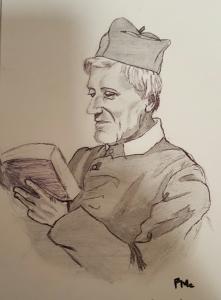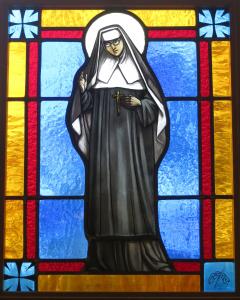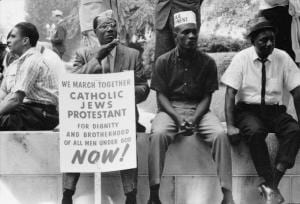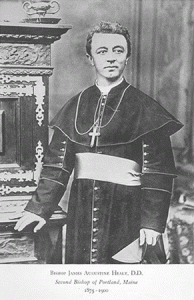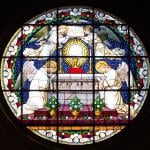Today in 1833 marks the death of Bishop Leo De Neckere, who at age 29 was the youngest Bishop ever ordained in the United States. The following is from FamousAmericans.net:
NECKERE, Leo Raymond de, R. C. bishop, born in Wevelghem, Belgium, in 1800; died in New Orleans in 1833. He studied classics in the College of Roulers, West Flanders, and philosophy in the Seminary of Ghent. In 1817 he volunteered for the Louisiana mission with other members of the Lazarist order, which he had joined. He remained some months the guest of Charles Carroll, of Carrollton, and then proceeded west. He studied theology in the Seminary of Bardstown, Kentucky, and in 1820 entered the Seminary of the Barrens, which was conducted by the Lazarists. In 1822 he was raised to the priesthood before the canonical age, on account of his piety and learning. At the age of twenty-six he was appointed superior of the Barrens, and, as the members of the community were from every part of Europe, he gave conferences in the chapel of the seminary in Italian, English, French, German, and Walloon. His excessive labors, however, injured his constitution, and, to renew his strength, he was sent to New Orleans, where he became noted as a pulpit orator. On his return to the Barrens he threw himself into his duties as professor and missionary with such zeal that his health failed again. He visited his native country in 1827, stopped at the Lazarist seminary of Amiens, and, while there, received an order to go to Rome. He arrived in that city in 1828, and was informed that he had been nominated bishop of New Orleans. He begged to be allowed to decline the honor, but without effect. His dread of the appointment brought on a relapse, but with careful nursing he recovered, and sailed for the United States in 1829. When the papal rescript arrived in New Orleans appointing him bishop, he again insisted on declining, but at last yielded to a positive command from Rome to accept it, and was consecrated in 1830. His health continued feeble, and he made several petitions for permission to resign his see, which were refused. He was spending the season at St. Michel’s when yellow fever broke out in New Orleans in 1833. Notwithstanding the protests of his friends, he returned at once to the city and ministered to the victims of the pesthence until he himself was fatally attacked.



